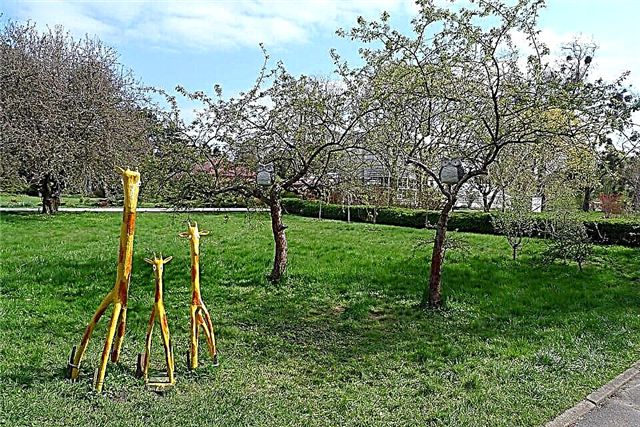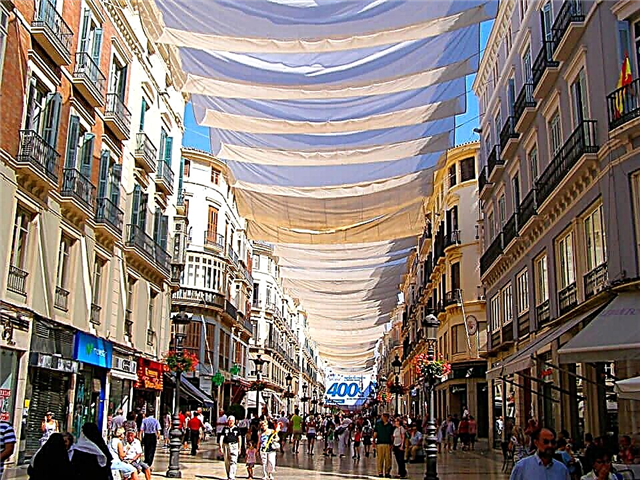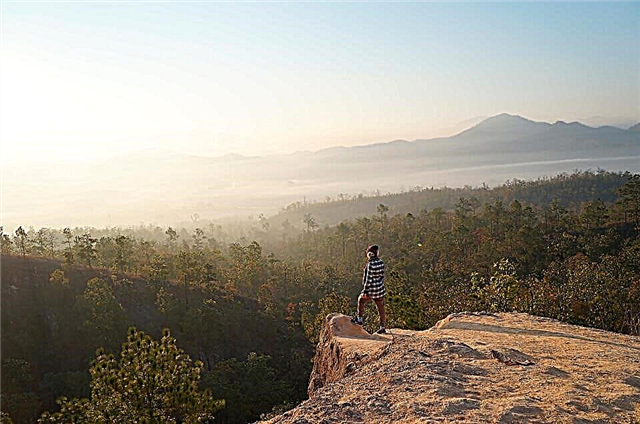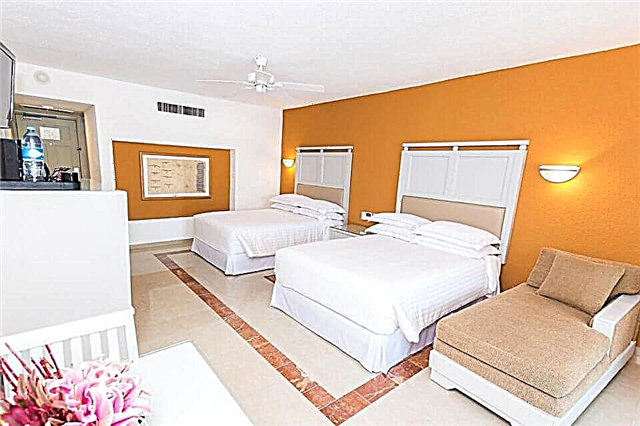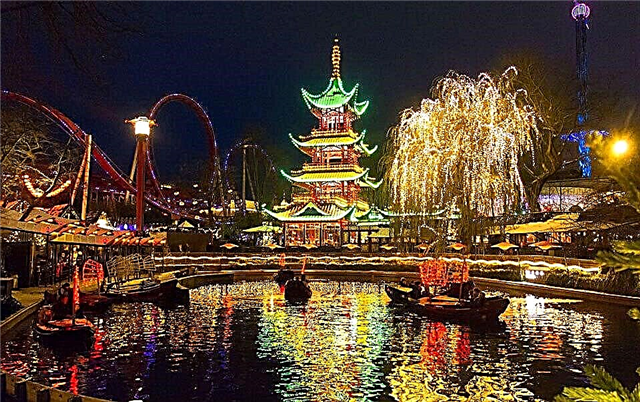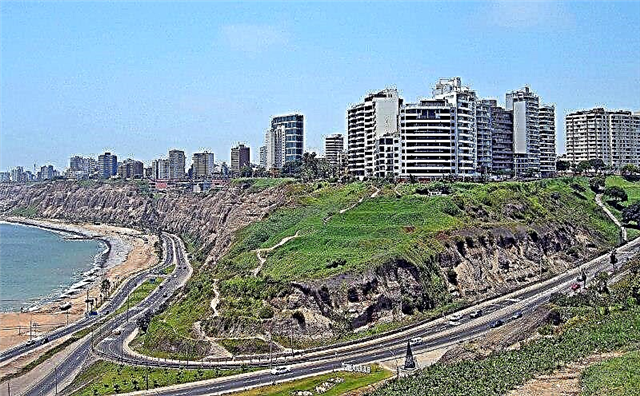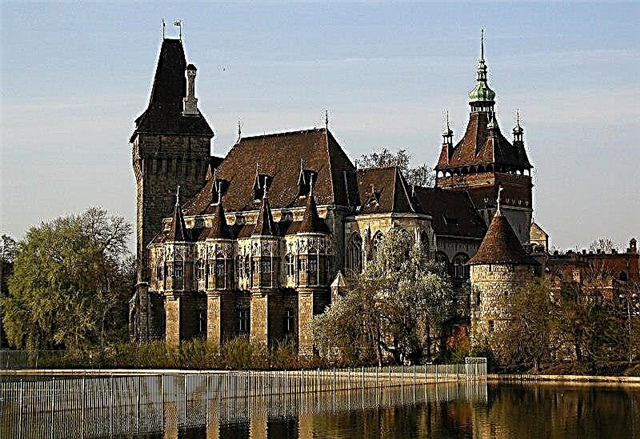Varoshliget is a favorite walking place for most of Budapest residents and visitors to the city. Once upon a time there were impassable swamps here, which served as hunting grounds for King Matthias. Under Maria Theresia, these properties were drained, canals were built, plants and trees were planted. Now there are more than seven thousand of them, there are rare, exotic and ancient ones. Several picturesque man-made lakes adorn the park. One of them reflects the pearl of Varoshliget - Vaidahunyad Castle.

History
In 1896, for the solemn event dedicated to the millennium of Hungary, a whole ensemble containing 21 buildings was built from wood, plywood and papier-mâché. It reflected the historical past of the country and included elements of many architectural landmarks. Among them are the Shegeshvera Fortress, the Corvin Castle…. The inhabitants of the capital liked the pavilion, it was decided to build something similar from stone.
Additionally, we advise you to read about interesting places in Budapest - only on our website.
Castle Architect
The stone castle was designed by Ignacio Alpara. It is interesting that as a child, the future great architect was a complete bummer. He graduated from a four-year primary school only at the age of 15. His parents gave him to work as an assistant to an experienced bricklayer. Having found a profession, the young man already independently and without any prompting graduated from the gymnasium, then from the Berlin Academy of Arts, and defended his doctoral degree. In front of the castle there is a monument to a gifted artist, his passion for his beloved work has led him to great popularity and respect among fellow citizens.

Architecture
Vaidahunyad Castle is surrounded by a moat, as it should be for medieval fortifications. You can get into it by walking along the bridge through the beautiful gothic-style gates. Further on the left is a copy of a monastery in the Romanesque spirit and a chapel, almost completely repeating the 13c church from the town of Jak on the border with Austria. It was originally planned to build a library here, but later the building was consecrated. Newlyweds often come here on their wedding day, at such moments the national flavor of the Magyars is especially visible here.
[tp_calendar_widget origin = MOW destination = BUD responsive = true subid = ””]
After the completion of construction in 1908, the Renaissance part was connected by a passage to the Baroque palace. With a clear difference in appearance, all interiors are made in the spirit of the Baroque. This complex impresses with its façade. It is built in the image of the romantic trends of the time of Maria Theresa. The building is richly decorated: adorable angels with wings, formidable lion heads, graceful dragons, graceful stone vases. Around the dome with the Hungarian national crown, there are sculptures dedicated to agricultural specialties of the Hungarians: agriculture, gardening, animal husbandry, winemaking, plant growing.

The Italian plazzo is located behind the pillar of the Apostles. An exquisite Baroque palace with magnificent forms and delightful sculptures amazes with splendor. A neat copy of the tower of the Shegeverskaya fortress nearby. The figures of King Matthias and Princess Beatrice of Aragon (it was she who contributed to the birth of the Renaissance in the work of Hungarian masters) are depicted on the walls of the Vaidahunyad castle, whose name the entire architectural ensemble bears.
Rod Hunyad
The Hunyad or Corvin family played a significant role in the history of Hungary, they are very revered among the people. Corvins, because the raven is depicted on the family coat of arms, which gave the surname a different name. Corvin Castle itself is located in Transylvania. The natives of this dynasty were glorious sons of their homeland. One of them is Janos, a renowned military leader, who in the 15th century preserved the statehood of Hungary in difficult political conditions, when the country was practically a buffer zone between Western Europe and the Ottoman Empire. His son Matthias later became king, he improved the welfare of the people, was smart and courageous.

In 1944, there was the Waffen SS Hunyadi infantry division, which consisted of 15 thousand Hungarian volunteers and conscripts. You cannot erase words from a song, as they say. They, too, went into battle to their deaths like heroes. The complex was badly damaged by bombing during the Second World War. Damage was also caused by the events of the 1956 armed uprising. In the 1990s, a complete restoration was made. The castle shone with beauty again.
What else to see
The courtyard in the castle is a special pleasure for those walking. Pleasant alleys around wonderful flower beds, elegant benches and various statues…. Street musicians delight with enchanting sounds. Sometimes these are musical groups, which you simply cannot pass by, and do not stop after hearing. And with the onset of darkness, the illumination turns on. The walls of the castle, already stunning, turn into a fabulous setting.

The highlight of this courtyard is the monument to the monk Anonymous, at the beginning of the 13th century, being a chronicler at Bela III, he wrote "Acts of the Hungarians". The importance of this opus for history can hardly be overestimated. Now this sculpture is a place of pilgrimage not only for tourists. Students, especially the humanities, flock here to get a piece of genius by rubbing the pen in Anonymous's right hand.
Planning to travel to Budapest with your child? Be sure to check out Where to go with your child in Budapest.



